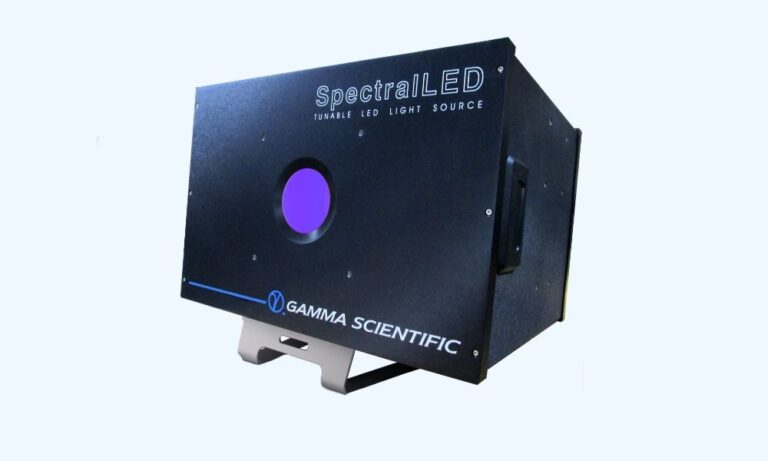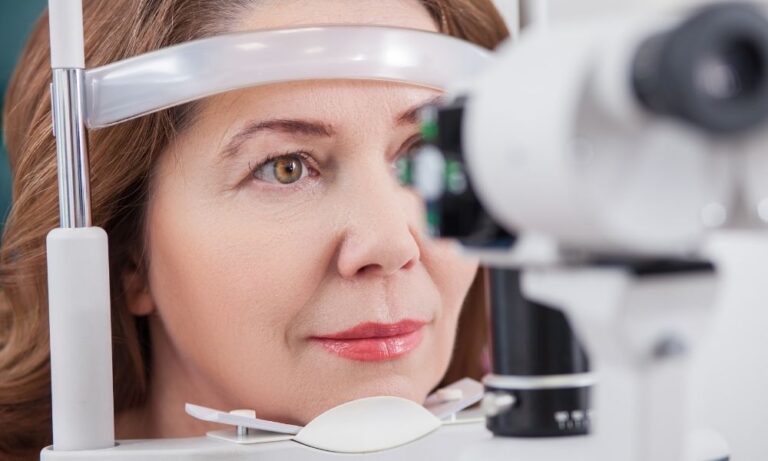Both eyes and cameras manipulate light to interpret certain images. However, there are significant dissimilarities between the two that are important to understand. This article will overview those differences and answer the question, how do our eyes compare to cameras? Upon reading, people should develop a newfound appreciation for their eyesight.
Distance
One of the most significant differences between our eyes and cameras is their ability to see images at a distance. Our eyes’ lenses can physically change sizes to see things that are far away. Cameras lenses, on the other hand, need to be manually adjusted. Everyone’s seen photographers zoom their lenses in and out to get a better shot. Even though there are models with incredibly exact specifications, no picture will be quite as accurate as the images captured by our eyes.
Lighting
Our eyes and cameras interpret light differently. Eyes are more dynamic in that sense, and it only takes about thirty minutes for them to adjust from light to complete darkness. Although camera manufacturers are trying to make tools that enable the devices to take pictures in the dark, nothing compares to the human eye. People can see the brightest and dimmest colors because the brain will always be better suited to manipulate light than a humanmade piece of equipment.
Even though eyes are superior at manipulating images, camera developers should continue to make strides towards bridging the gap between the two. One way manufacturers can improve the quality of their tools is to perform camera sensor calibration. Gamma Scientific provides top-quality instruments so that the best testing can occur. For example, we carry tools for spatial non-uniformity testing for array sensors that detect any pixel defects within the camera. We also sell testing equipment for SWIR camera and sensor calibration, which helps improve facial recognition and gestures. Developers who perform these tests can make cameras that more closely resemble what our eyes see.





